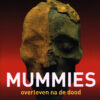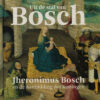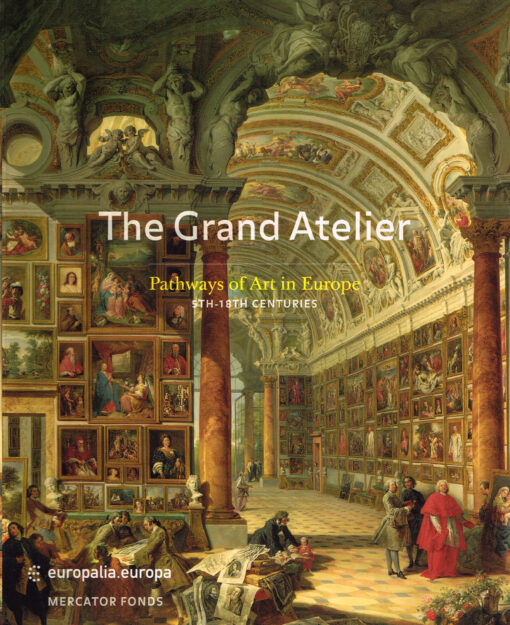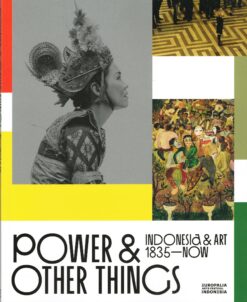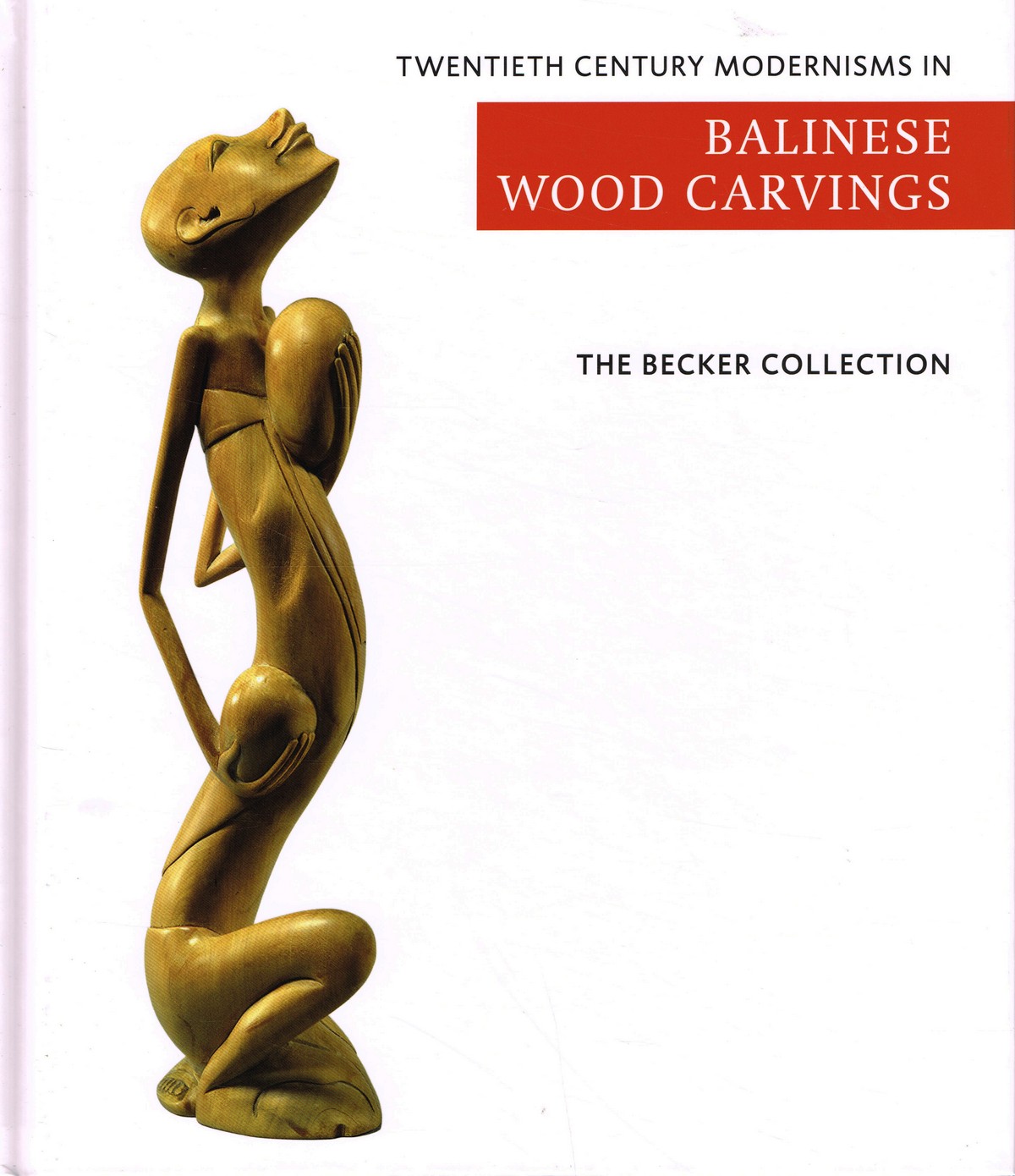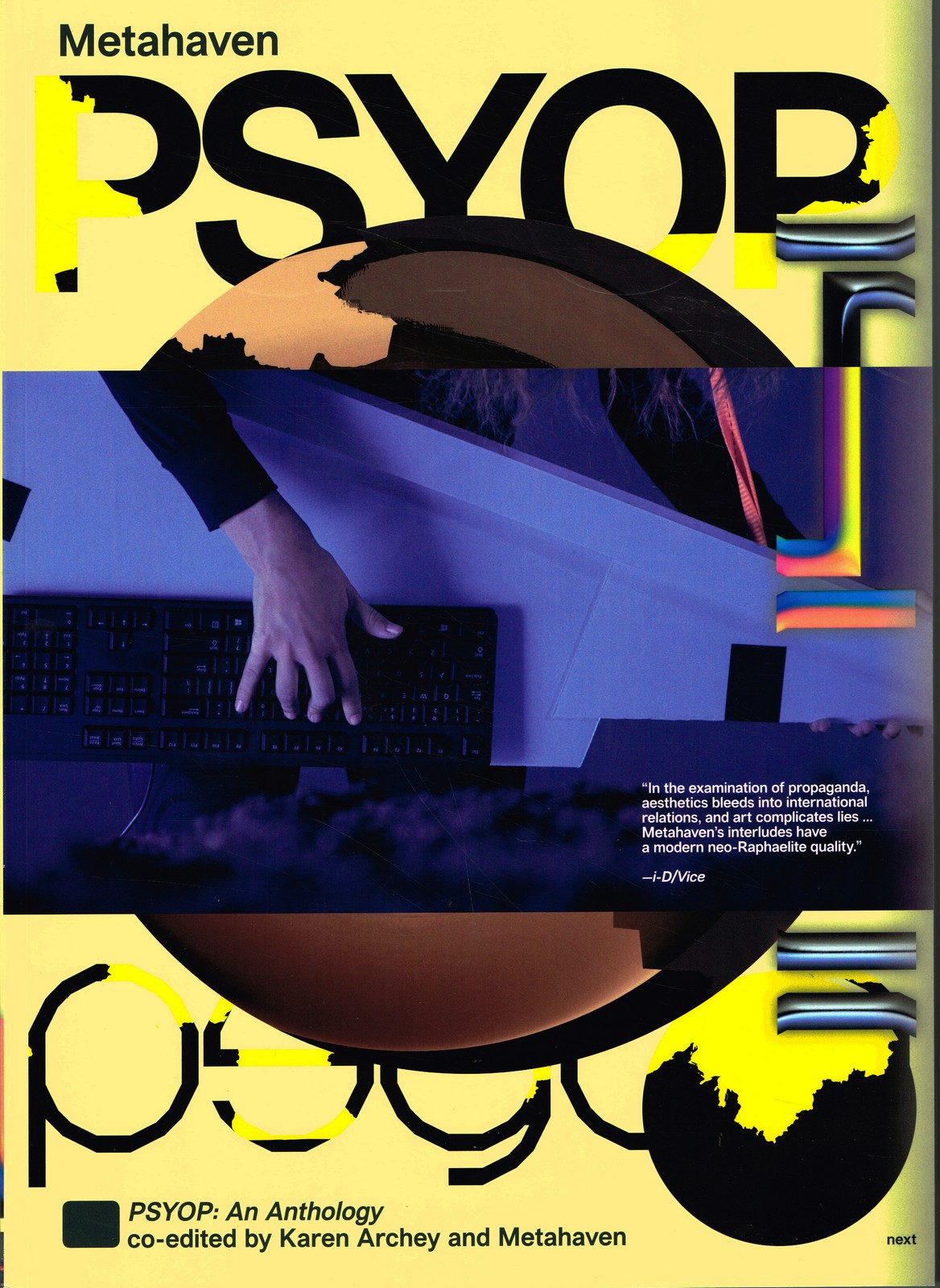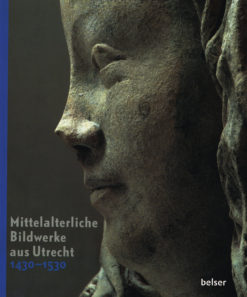The Grand Atelier
Pathways of Art in Europe 5th - 18th Centuries
Oorspronkelijke prijs was: € 40,00.€ 15,00Huidige prijs is: € 15,00.
Long before its emergence as a political entity, Europe was distinguished by its intense traffic in goods and people. We too often forget that the trade routes and other navigable highways were trafficked at a very early stage by artists, works of art and rich patrons desirous of satisfying their appetite for beauty. Well-known and lesser known works offer an insight into this “European space for art and ideas” which already existed at the dawn of the Middle Ages. With its remarkable and often spectacular works, ‘The Grand Atelier’ illustrates various facets and many forms of this artistic interaction. The work covers a long period in the history of art, from the fifth century – the fall of the Roman Empire in the west – to the eighteenth century – the birth of the first great museums; calling on 350 works from well over a hundred European collections. The texts in the catalogue stem from the pens of several European luminaries in the history of art.
